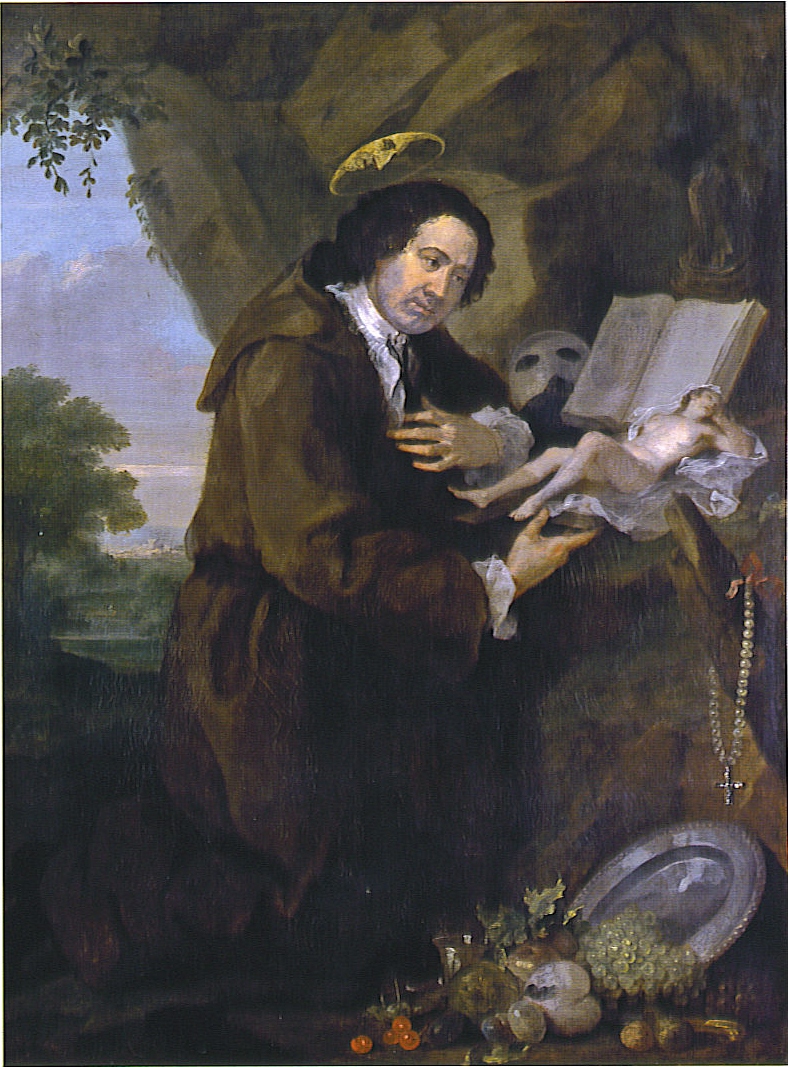Let us return for one last time to England of the 1700s. The Exploits of Dr. Sam: Johnson, Detector is the fourth and last volume of stories dedicated to the adventures of the famous lexicographer, and while it's not up to the literary standards of the first volume, it's still got a lot of fun material and is a crackling good read.
So, case by case...
"The Kidnapp'd Earl" has Johnson brought in to aid young James Ansley, the heir to an earldom who was kidnapped and sold into indentured servitude so that a wicked uncle could claim the title. There's a wild trial, and finally proof of the heir's legitimacy via a wax figure of his grandfather. Not a very thrilling story, but the story it's based on, that of James Annesley, is stranger even than the story. James was really kidnapp'd by a wicked uncle, but never got to reclaim his title, as both he and his children died young leaving Uncle Richard the heir to the title. The case is also in Smollet's Peregrine Pickle and Scott's Guy Mannering, and is said to have partially inspired Robert Louis Stevenson's Kidnapped.
In "The Westcombe Witch," set in September of 1768, are in the south of England and end up encountering the rake Sir Francis Flashwood and his delicious daughter Fanny. Francis is said to have Black Masses in his strange estate, and Boswell, in search of a thrill, goes to join them one night and ends up in a bizarre situation. Johnson figures out that there's something else going on, though. Obviously, this is a fictionalized portrait of Sir Francis Dashwood and his Hell-Fire Club, but so heavily so that names had to be changed.
 | ||
| Looking less Satanic then like a jovial frat boy. |
Also set in 1776, December this time, "The Spirit of the '76" is an entertaining what-if tale with Johnson being called in to aid with the kidnapping of a child...only it turns out that the child is the grandson of Benjamin Franklin, who was blown off-course on his way to France and is taking advantage of the situation to get hold of some gold and see an old friend. The meeting of the two is precious; although they shared many beliefs, such as the abolition of slavery, Johnson held the American colonists in contempt (once publishing a tract called "Taxation No Tyranny") and felt the Revolution was pointless. It all ends happily, with a guest appearance by Sir Francis Flashwood and a grudging acceptance that the Brits will have their hands full with "the spirit of the '76."
 |
| Love this grandiose portrait of Franklin... |
"The Virtuosi Venus" is set in May of 1778, and concerns Johnson and Boswell attending a meeting of a society of art appreciators (including Sir Francis Flashwood again), only to discover that their mascot, a figurine of Venus discovered at Pompeii, has been stolen and replaced with a clever fake. Who took it? Whence came the fake? Where's the real one? Why did they do it? It's all uncovered by Johnson in an enjoyable plot. The Virtuosi are a fictional riff on the real-life Society of Dilettanti, and the Venus was not part of their treasures, but was inspired by a painting of the real Dashwood...
Vincenzo Lunardi, a celebrated aeronaut of the time. It's all good fun but also fairly wistful, as the shadow of Johnson's declining health and coming death hang over it...but he did live to see the skies of Britain conquered.
The very last, "Coronation Story," takes place at the coronation of George III, on Sept. 22 of 1761, and has Boswell looking on in the company of a burly man whom he doesn't know but feels a certain kinship with. Another man sitting nearby excites some interest in the pair, and they realize it's the Young Pretender himself, come to observe, and can't help himself but disrupt the ceremony (which includes lots of real details like a stubborn horse and a huge diamond dropping out of the crown, which was said to be an omen of a great loss to the Empire). So the little group goes on the run to help the Pretender escape to France and stay a step ahead of the guards. In order that the secret be kept, they "part as strangers." Boswell and Johnson didn't meet for real until 1763.
This story is a cute bit of speculation, but has problems. We're expected to swallow that the two friends spend their lives pretending this little meeting never happened, and it also violates the continuity of the previous stories, because in "Prince Charlie's Ruby" from the first book, they are utterly thrilled to meet the Young Pretender...and there's no reason for the three of them to pretend it never happened.
Oh well, it's the last one of the series. The back of the paperback vaguely promises a fifth volume, but it never came to be. De la Torre was supposedly working on new things when she died in 1993, but as far as I know nobody's stepped up to complete them. Unfortunately, these four books are all that can be found these days of her oeuvre; her other works, like Elizabeth is Missing (an analysis of the Elizabeth Canning case), are hard to find. Grab 'em if you find 'em!






No comments:
Post a Comment